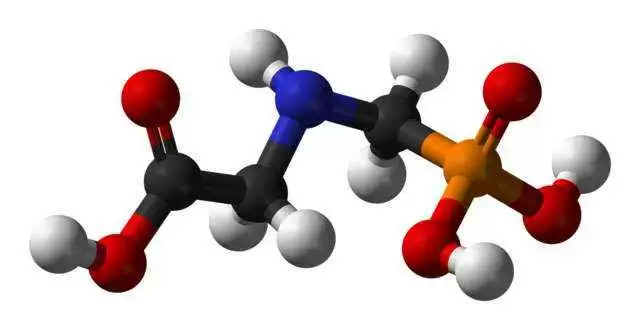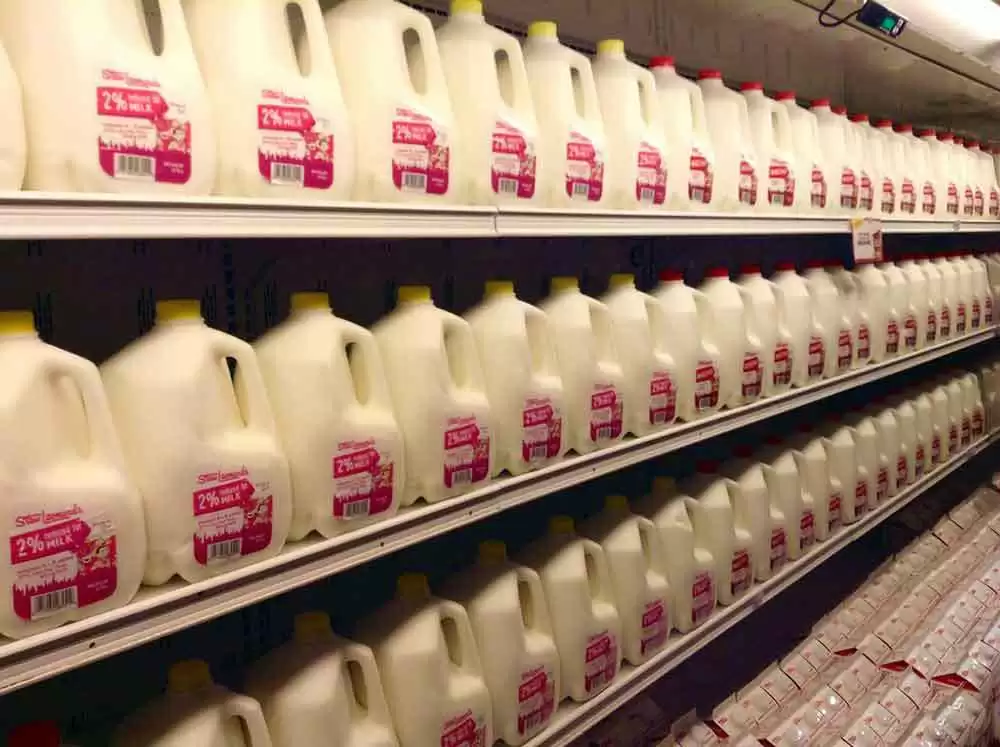
Celiac.com 05/14/2020 - We know a lot more than ever about celiac disease, but researchers still don't have very much good information about environmental risk factors in genetically susceptible populations. For example, does environmental exposure to organic pollutants increase the risk of celiac disease?
Researchers have documented endocrine disruption caused by ongoing exposure to persistent organic pollutants. That, along with the interplay between the endocrine and immune systems, has led them to question whether POPs may be contribute to celiac disease.
Celiac.com Sponsor (A12):
A team of researchers recently set out to shed some light on the connection between persistent organic pollutants and celiac disease. The research team included Abigail Gaylorda; Leonardo Trasande; Kurunthachalam Kannan; Kristen M.Thomas; Sunmi Leef; Mengling Liu; and Jeremiah Levine.
For their single-site pilot study, they enrolled 88 patients from NYU Langone's Hassenfeld Children's Hospital outpatient clinic. Thirty of these patients were ultimately diagnosed with celiac disease via standard blood screens, and duodenal biopsy.
Controlling for sex, race, age, BMI, and genetic susceptibility score, they found that odds of developing celiac disease are higher in both male and female patients with higher serum p,p’-dichlorodiphenyldichloroethylene (DDE), in female patients with perfluorooctane sulfonic acid (PFOS) and perfluorooctanoic acid (PFOA), and males with 2,2',4,4',5,5'-hexabromodiphenyl ether (BDE153).
This is the first study to report on celiac disease with persistent organic pollutant exposure in children. These findings raise further questions of how environmental chemicals may affect autoimmunity in genetically susceptible individuals.
The idea that exposure to organic pollutants might contribute to the development of inflammatory autoimmune conditions seems entirely reasonable, and the results from this study provide good evidence to support that idea.
Stay tuned for more on this and related stories. Do you think pesticide exposure might have played a role in your celiac disease, or that of a loved one? Share your story in our comments section.
Read more in Environmental Research
The researchers are variously affiliated with the Department of Population Health, New York University School of Medicine, New York, NY, USA; the Department of Pediatrics, New York University School of Medicine, USA; the Department of Environmental Medicine, New York University School of Medicine, New York, NY, USA; the NYU Wagner School of Public Service, New York, NY, USA; NYU College of Global Public Health, New York, NY, USA; the NYU Medical Center, New York State Department of Health, Albany, NY, USA; the Department of Pathology, New York University School of Medicine, New York, NY, USA; and the Division of Pediatric Gastroenterology, New York University School of Medicine, New York, NY, USA.









Recommended Comments
Create an account or sign in to comment
You need to be a member in order to leave a comment
Create an account
Sign up for a new account in our community. It's easy!
Register a new accountSign in
Already have an account? Sign in here.
Sign In Now